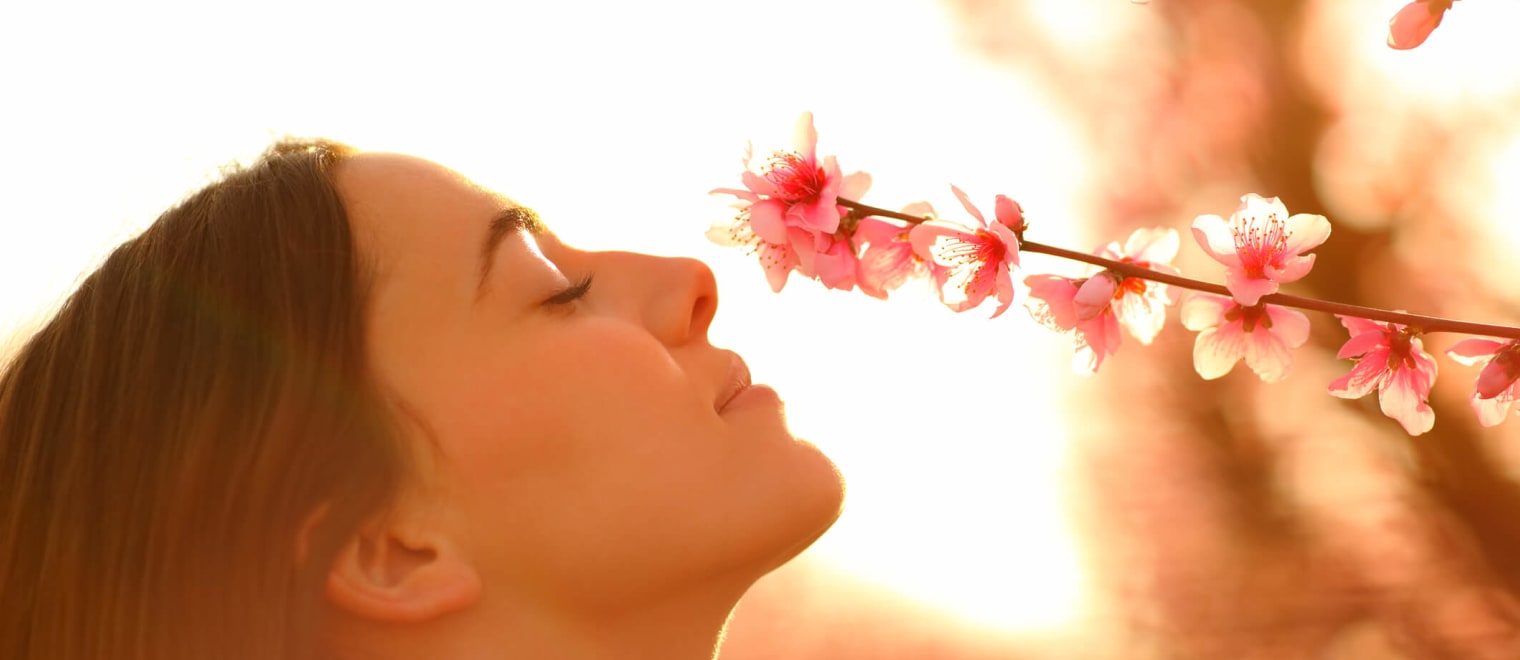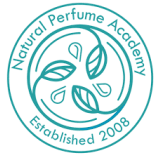This informal CPD article ‘The Re-emergence of timeless scents in Natural Perfumery’ was provided by The Natural Perfume Academy, a higher education body specialising in teaching natural perfumery to students and industry professionals from all over the world.
In the ever-evolving world of natural perfumery, trends come and go, but some scents are seemingly timeless. There has recently been a notable resurgence of interest in vintage-style floral scents and classic perfume materials like rose, lilac, and violet. These materials, once the hallmark of old-school traditional perfumery, are being reimagined in new natural compositions that appeal to contemporary tastes. This trend highlights a bridge between the nostalgia of classic scents and the minimalist preferences of today's natural perfumery consumers.
History of floral scents
Floral scents have always held a special place in the world of natural perfumes. Historically, flowers like rose, lilac, and violet were prized for their complex and captivating aromas. Roses, with their rich, multifaceted scent ranging from rich, sweet, and honeyed, to warm, sweet, and spicy, symbolize romance and elegance. Lilac, known for its sweet, floral, powdery, green, and fruity notes add a sophisticated depth to perfumes. Violets, candy-sweet, powdery, floral, and green, add a soft, delicate note that evokes a sense of nostalgia.
Fun Fact: Parma violet production in Europe suffered a near-fatal end during World War I when the disruption of agriculture required that only food crops be grown. World War II added another nail in the coffin of large-scale violet production when again the shift to food crops became necessary, and then in 1956 a hard freeze destroyed what was left of the viable root stock, ending the era of violet perfumes.
These classic materials dominated the perfume industry for decades, becoming the signature scents of many iconic fragrances. However, the late 20th and early 21st centuries saw a shift towards more synthetic and unconventional notes, as perfumers experimented with new lab-created olfactory experiences. Despite this shift, the timeless appeal of natural vintage florals never truly faded.
The re-emergence of classic scents
Today's natural perfumers are revisiting these classic materials, but with a fresh twist. The re-emergence is not about replicating old formulas; rather, it involves reinterpreting these beloved vintage materials in ways that resonate with today’s consumer’s sensibilities. This approach often involves simplifying and refining the compositions to create natural perfumes that feel fresh and relevant.
For example, modern floral perfumes might combine the richness of rose with clean, crisp notes like green tea absolute, yuzu, or cilantro, creating a balanced scent that is both timeless and current. Similarly, lilac can be paired with woody or musky notes, adding a layer of sophistication and complexity without overwhelming the senses. Violets might be blended with vanilla or spices, creating a delicate perfume that appeals to both vintage enthusiasts and new generations of natural perfume lovers.
Another significant driving factor in the new interest of vintage florals is the growing demand for sustainability in perfumery in general. Consumers are keenly aware of environmental issues and prefer natural, ethically sourced materials. Classic florals like rose are often cultivated using traditional methods, and align well with this demand.
This new presentation of vintage floral natural perfumes appeals to a wide range of consumers. For those who cherish nostalgia and old, classic styles, these perfumes offer a connection to the past, conjuring memories and emotions associated with perfumes of a simpler time.
We hope this article was helpful. For more information from The Natural Perfume Academy, please visit their CPD Member Directory page. Alternatively, you can go to the CPD Industry Hubs for more articles, courses and events relevant to your Continuing Professional Development requirements.













